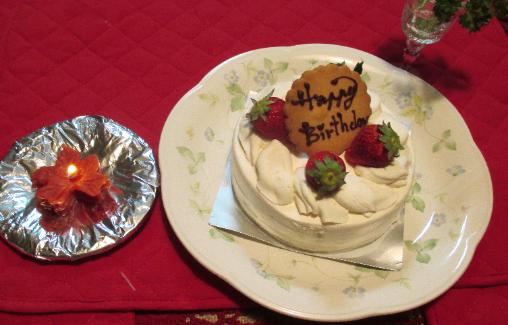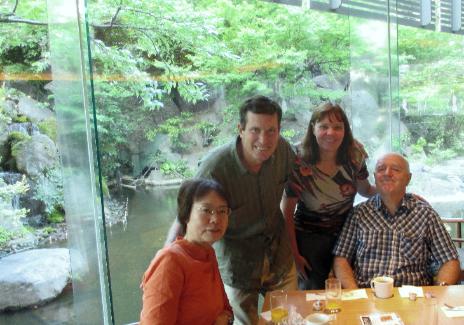
Where We Be
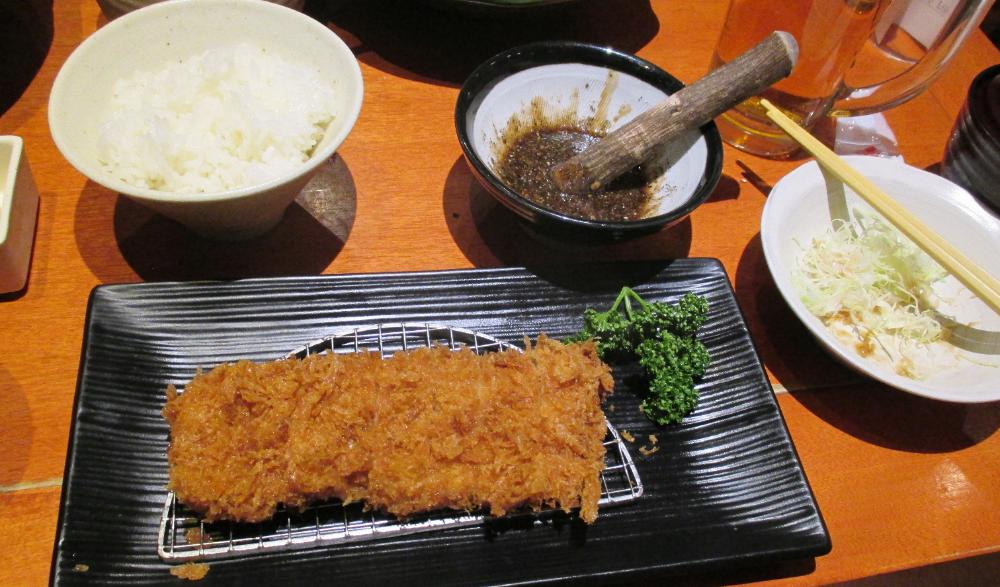
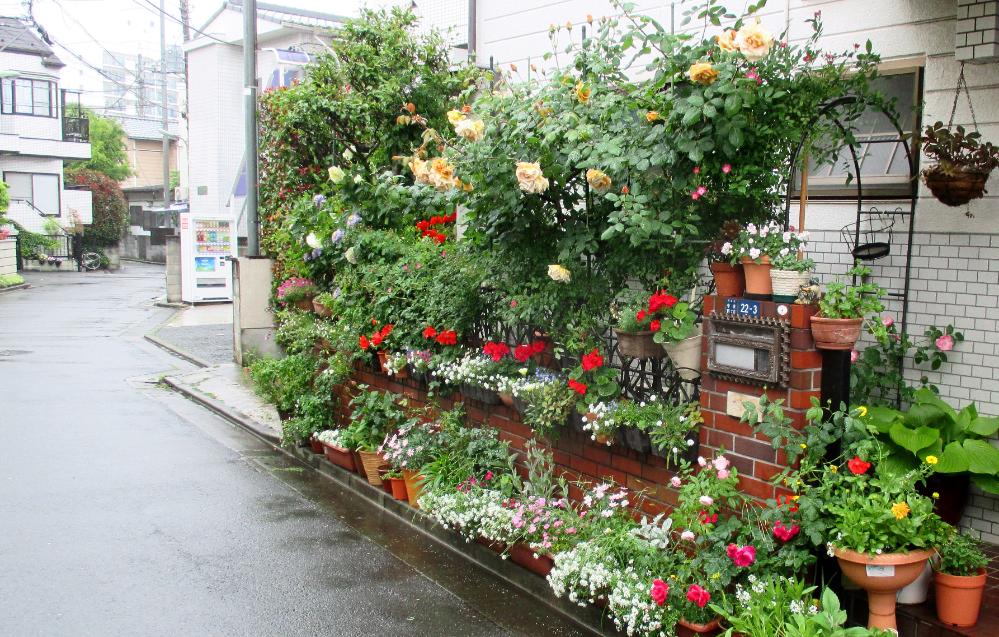
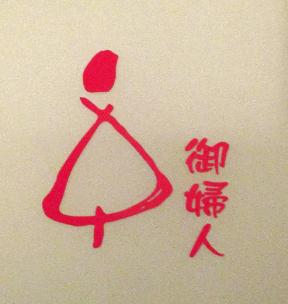
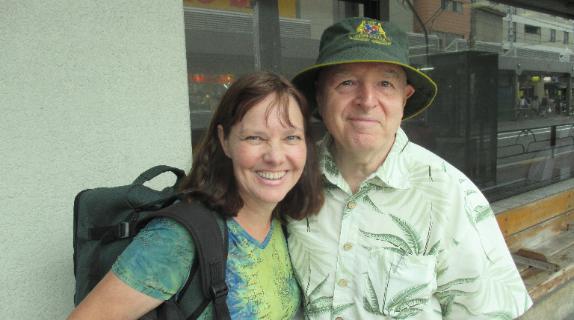
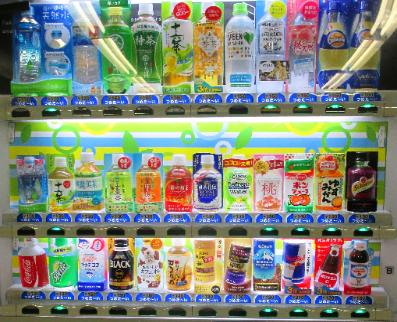
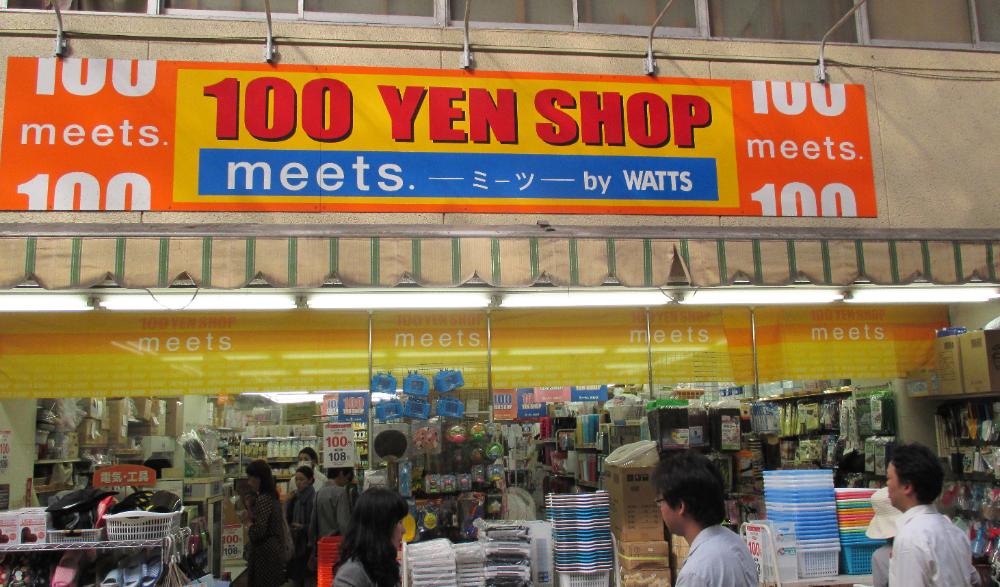
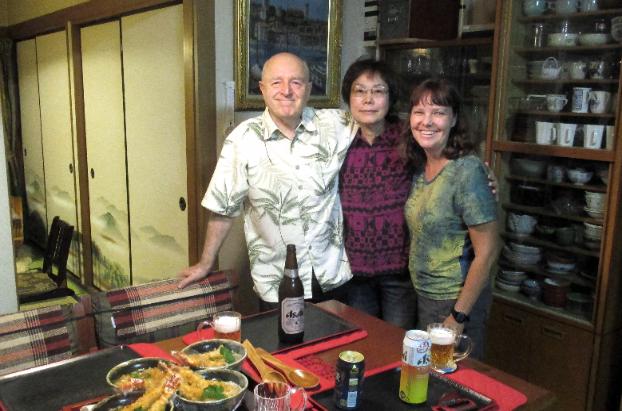
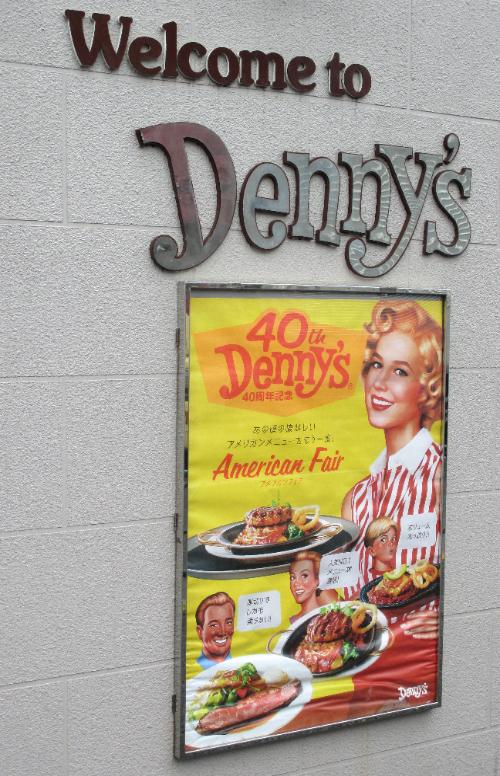
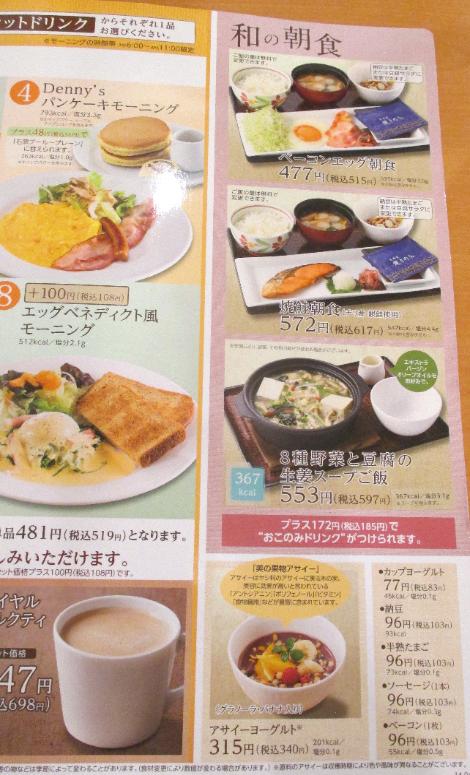
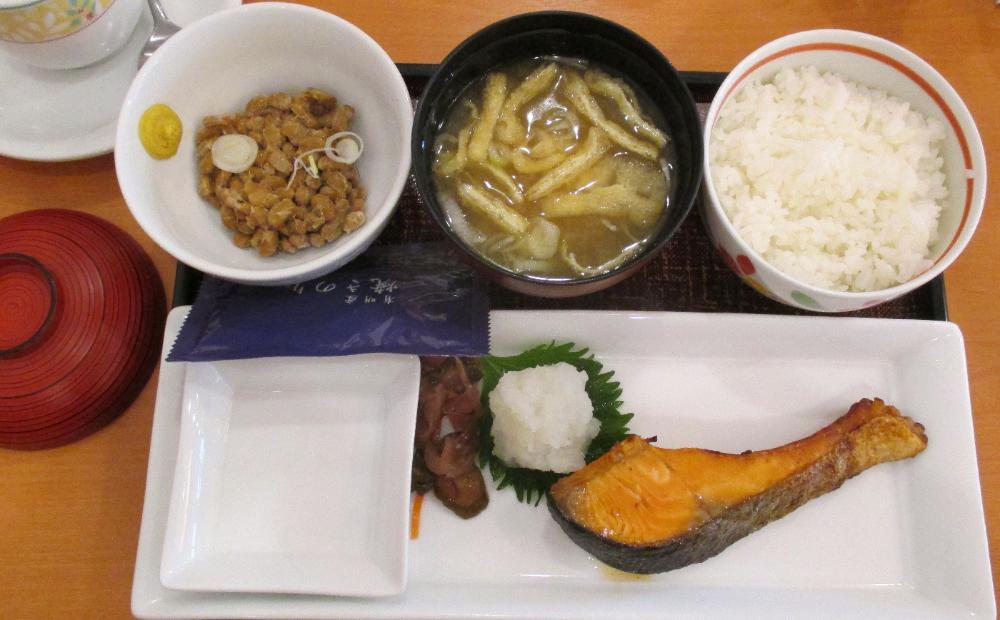
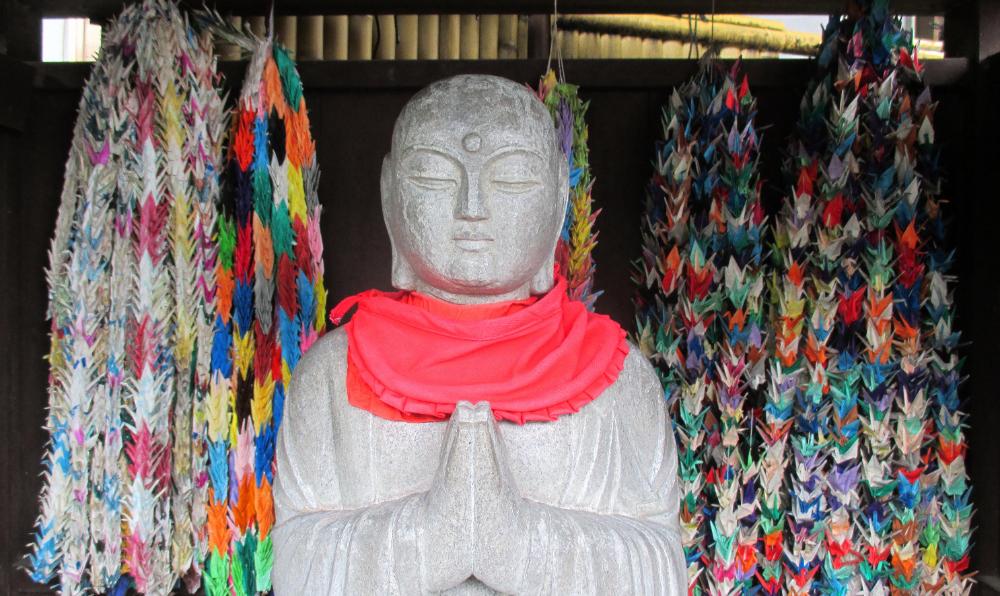
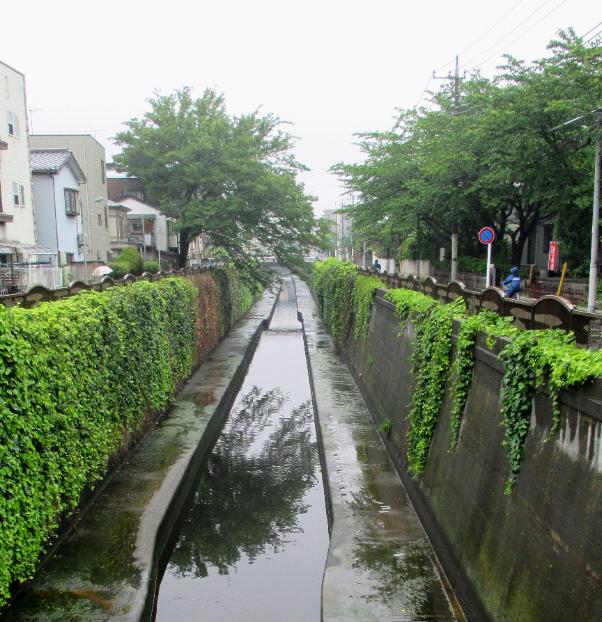
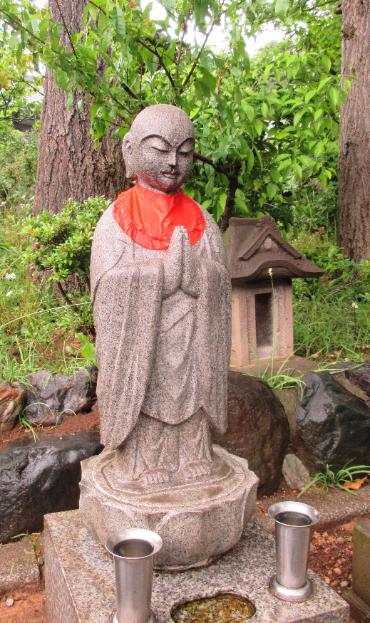
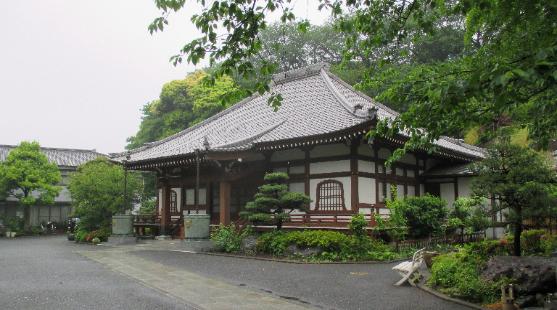
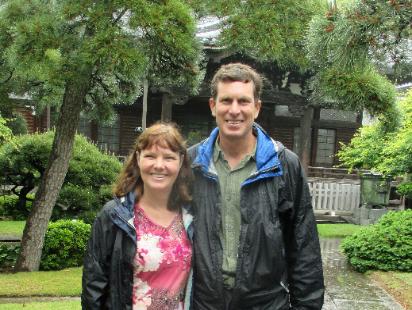
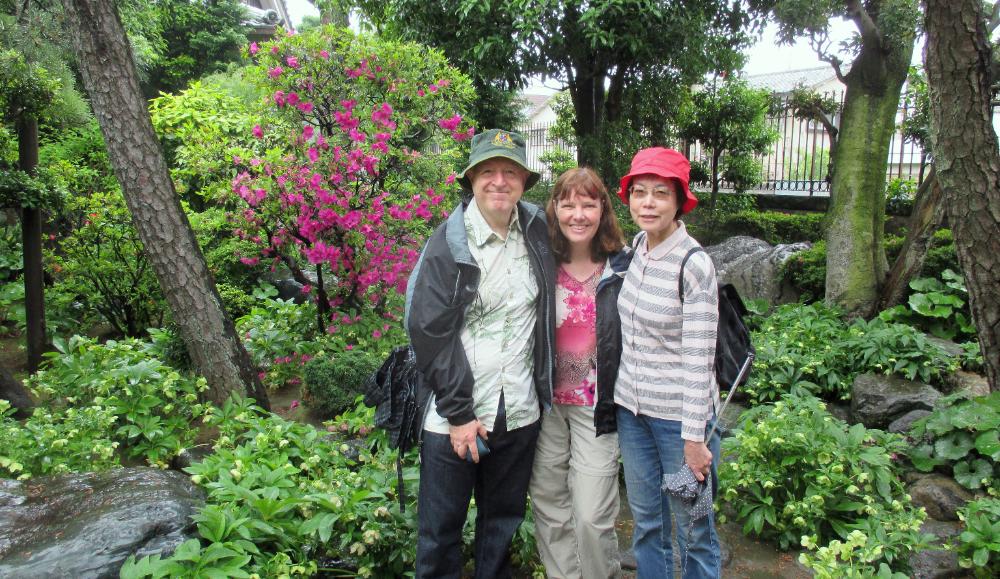
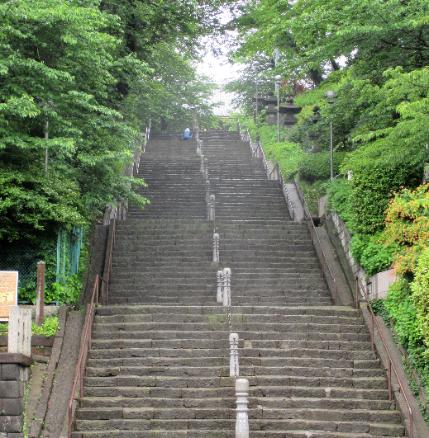
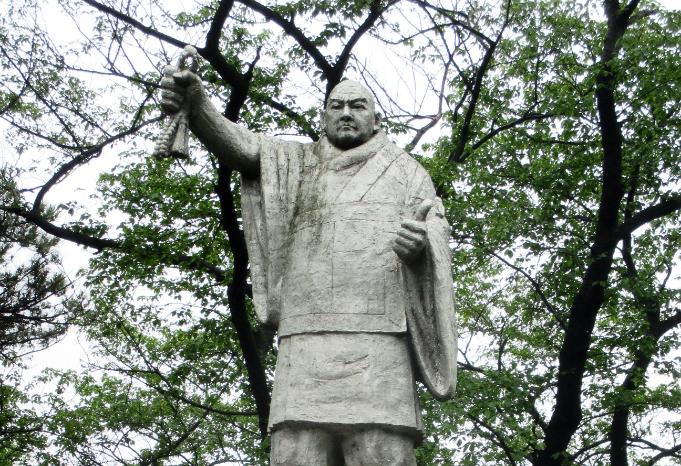
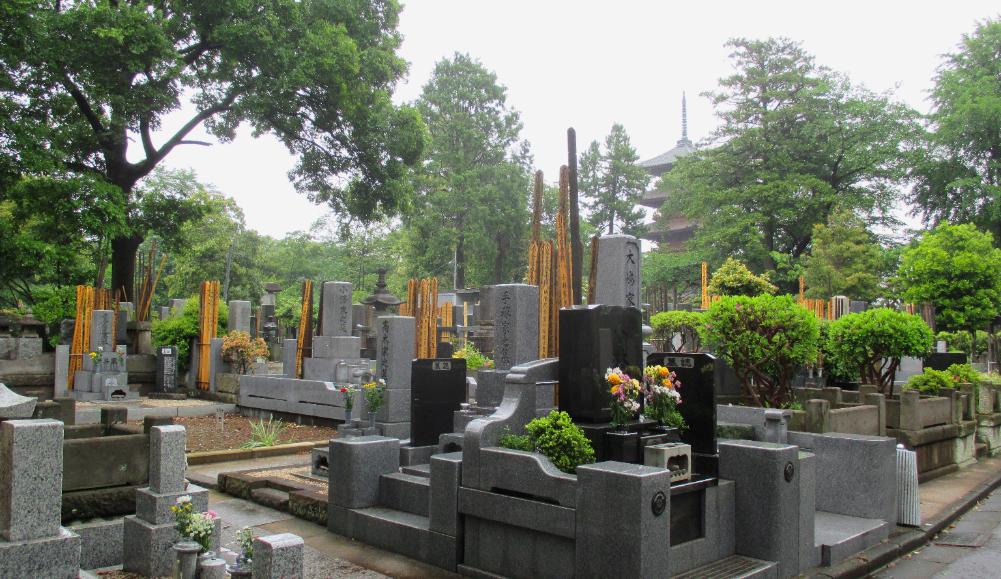
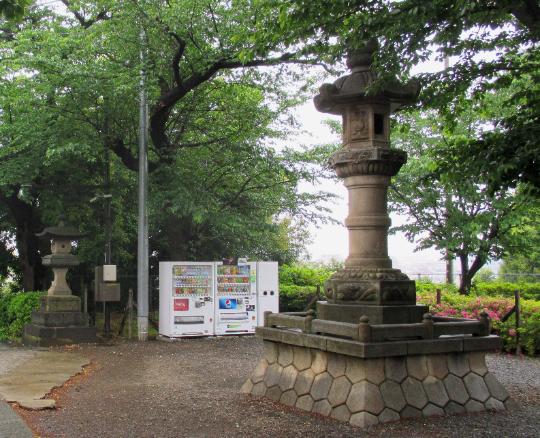
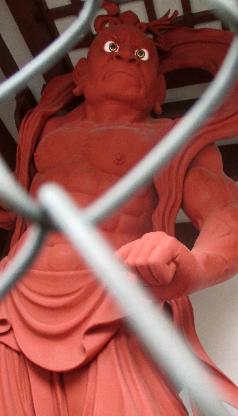
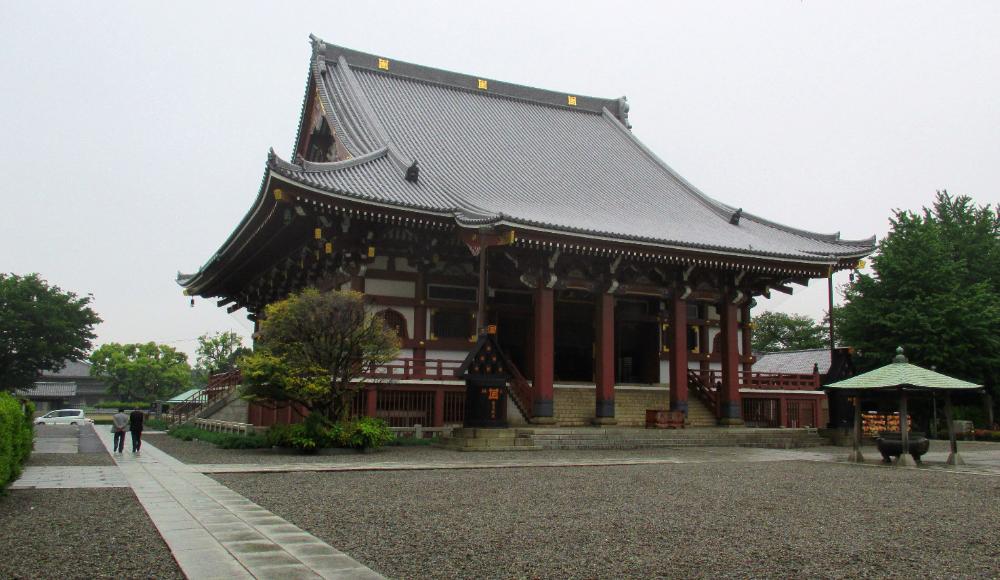
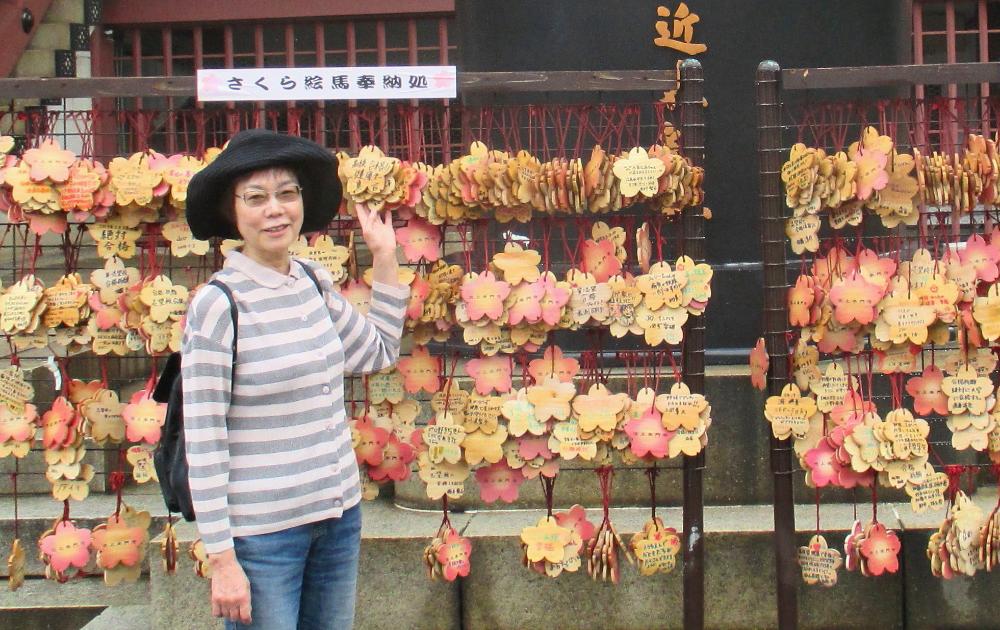
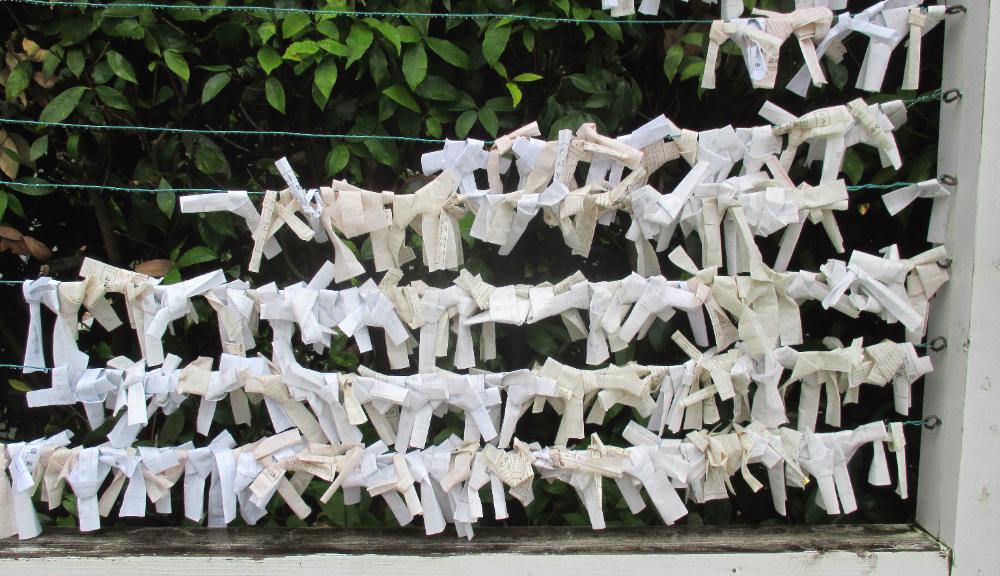
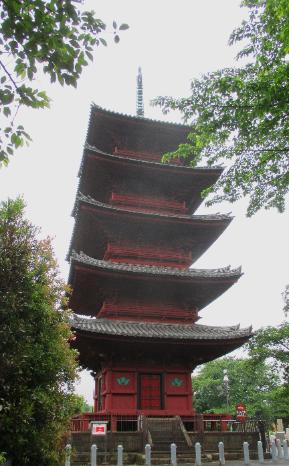
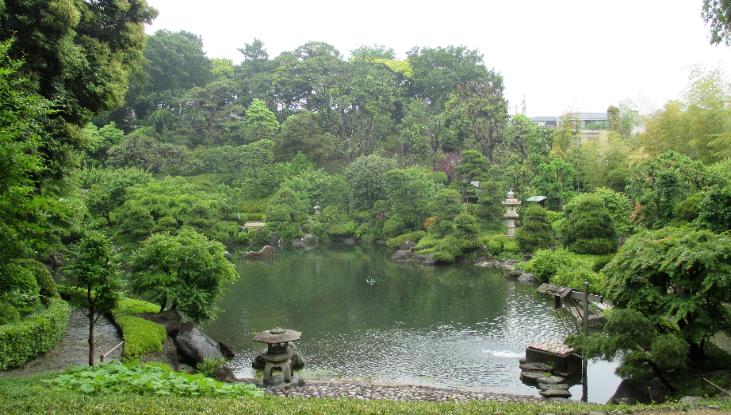
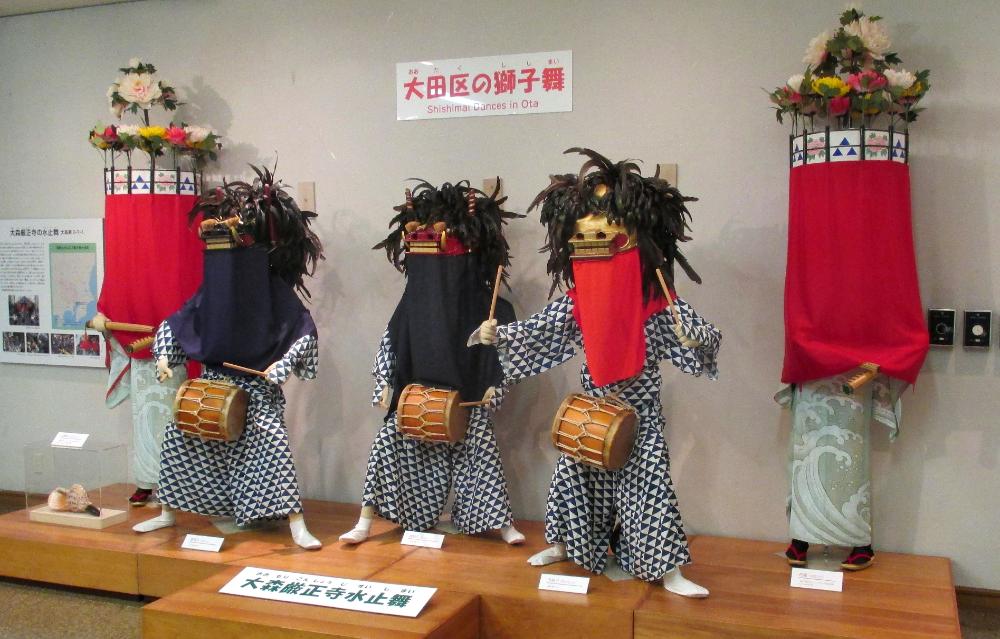
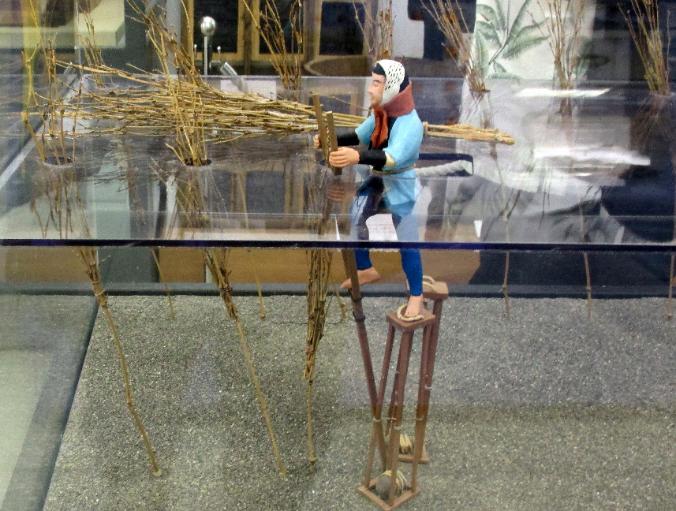
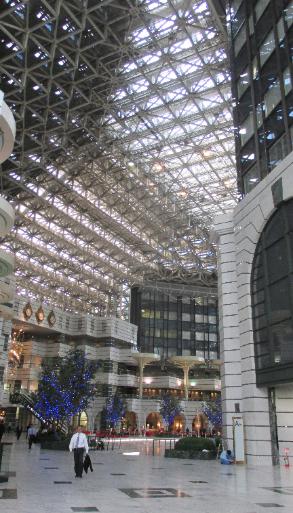
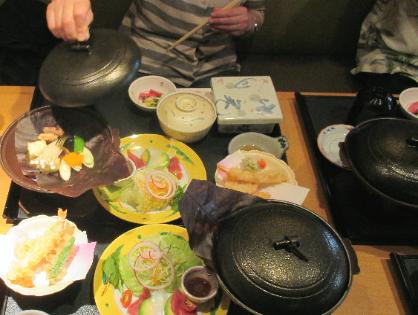
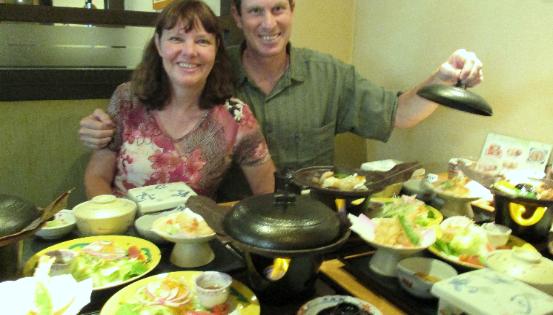
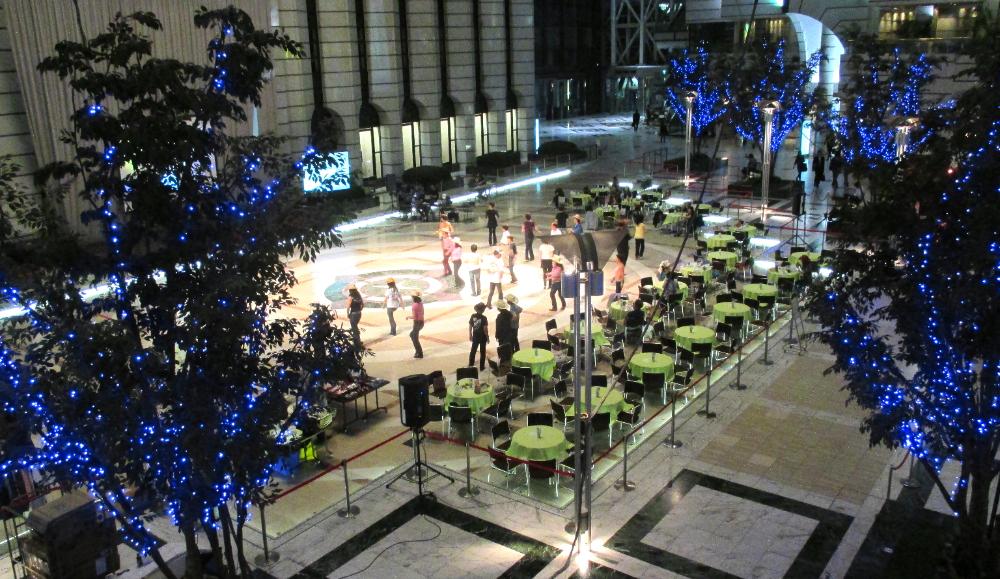
| Robin's cousin Doug and his wife Eiko welcomed us into their lovely home for five days. It served as a perfect base for exploring Tokyo. |
| Tokyo, Japan -- Local Neighborhood |
We spent five terrific days with Robin's cousin
Doug and his wife Eiko in Tokyo. They showed
us around the unexpectedly quiet corner of
Tokyo they call home. They live in Ota Ward, a
southern suburb conveniently connected by
rail to the city center. In fact it's only two stops
south of Shinagawa Station, one of Tokyo's
main rail stops on the Keihin-Tohoku line.
Ota Ward offers a taste of what you might call
local Tokyo. Many of its streets are narrow and
virtually car-free, so it’s easy to walk around
and enjoy the peace and quiet. We spent our
first day touring Ota Ward with Doug and Eiko,
getting to know the local city scene, passing
shrines, temples, canals, and gardens. The
standout temple here is Ikegami Honmonji, the
buildings and grounds of which are elegant.
Ota Ward is also known for having the largest
number of shopping streets, or “shotengai,” in
Tokyo where folks socialize and do their
everyday shopping. So if you want to get a taste
of Japanese temples and shotengai without all
the tourists, this just might be the place to go.
Doug and his wife Eiko in Tokyo. They showed
us around the unexpectedly quiet corner of
Tokyo they call home. They live in Ota Ward, a
southern suburb conveniently connected by
rail to the city center. In fact it's only two stops
south of Shinagawa Station, one of Tokyo's
main rail stops on the Keihin-Tohoku line.
Ota Ward offers a taste of what you might call
local Tokyo. Many of its streets are narrow and
virtually car-free, so it’s easy to walk around
and enjoy the peace and quiet. We spent our
first day touring Ota Ward with Doug and Eiko,
getting to know the local city scene, passing
shrines, temples, canals, and gardens. The
standout temple here is Ikegami Honmonji, the
buildings and grounds of which are elegant.
Ota Ward is also known for having the largest
number of shopping streets, or “shotengai,” in
Tokyo where folks socialize and do their
everyday shopping. So if you want to get a taste
of Japanese temples and shotengai without all
the tourists, this just might be the place to go.
| Eiko stands in front of hundreds of "ema," small wooden plaques on which worshippers write their prayers or wishes. The ema are left hanging at the shrine, where the kami (spirits) can receive them. |
| O-mikuji ("sacred lot") are fortunes written on strips of paper at Shinto shrines and Buddhist temples. After making a small offering, you randomly select one from a box, hoping for good luck. Bad fortunes are attached to wires like these at shrines to keep them at bay! |
| We also paid a visit to the Ota Folk Museum, which includes this wild display of Shishimai dancers |
| Ota is the birthplace of nori. Here Japanese practiced aqua-farming, growing seaweed on bamboo branches placed in shallow water. Stilt walkers harvested the seaweed then made nori sheets out of it. |
| On the walk home we passed this modern building in downtown Ota and headed inside for a look around at the expansive lobby |
| After our walking tour we celebrated with lunch -- and what a lunch! We each got the set plate, which included sushi, tempura, and much more. Most memorable were the flavorful tofu, chicken cubes, and veggies wrapped in banana leaves. |
| After dinner we looked down on the lobby, where local Japanese were country western line dancing in cowboy hats and boots. We felt right at home! |
| A few evenings later, we returned to the same building and had a delicious dinner of crispy pork with sesame soy dipping sauce. We mixed the dipping sauce to taste using our own mortar and pestle. |
| Doug & Eiko helped me celebrate my 51st birthday with champagne and a surprise birthday cake. How nice! |
| We have to take a moment to mention the amazing toilets everywhere you go in Japan. They have heated seats, offer soothing music, and combine the functions of a bidet with a toilet. The complex consoles can be a bit intimidating though! |
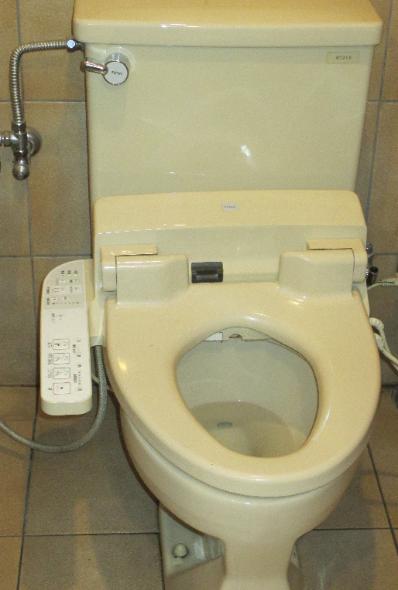
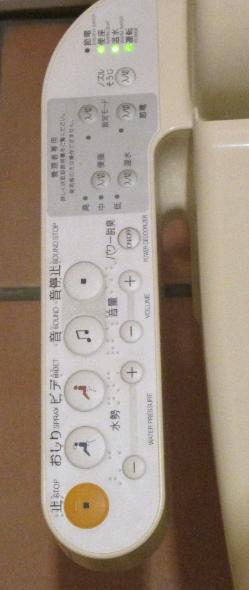
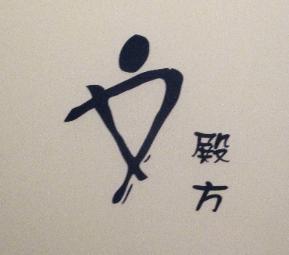
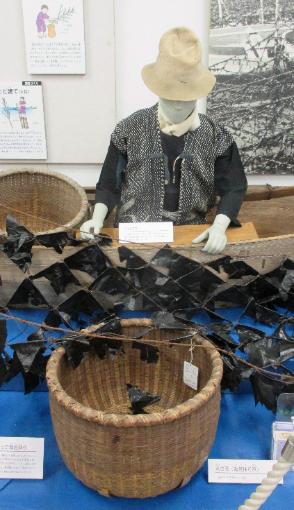
| Nichiren founded the Lotus Sect of Buddhism, unique to Japan, which suggests that enlightenment can be attained in a single lifetime by chanting the Lotus Sutra |
| Ikegami Honmonji honors the great Buddhist monk Nichiren. This was his final resting place and it remains a functioning (and lightly touristed) temple site. We could hear a monk drumming and chanting within. |
| Doug picked us up at Omori station, just a ten-minute walk from home. Doug has called this part of Tokyo home for 30+ years -- and his wife Eiko grew up here. |
| During the walk home we passed this 100 Yen Shop, which reminded us of the Dollar Stores back home |
| After the exciting start to our day, we walked with Doug & Eiko to breakfast – at Denny’s no less! We were glad to have them with us since hardly anyone spoke a word of English in this untouristed part of the city. |
| I decided to try Denny's Japanese breakfast option, which included salmon (delicious), fermented beans (seriously yucko grunky), pickled cabbage, miso soup, and white rice. Robin went for the more basic American breakfast. |
| Most streets in Ota Ward are quiet and virtually car free. Flower shops are commonplace -- and of course you can see a vending machine on the corner in the background. |
| You'll see these Jizo (or Ojizo san) throughout Japan. Bereaved parents drape the statues with red bibs or caps in the hope that the Ojizo san will guide their children's souls to heaven. The red color is believed to protect children from evil or disease. |
| Hard to believe this neighborhood is part of Tokyo, it's so quiet and peaceful here |
| The Ikegami section of Ota Ward is filled with a surprising number of temples and traditional buildings and has served as home to many writers and artists |
| Afterwards we strolled through town past local shrines, temples, canals, gardens, and cemeteries |
| Up these steep stairs lies the most impressive temple of all: Ikegami Honmonji. (And, of course, vending machines!) |
| You can see the pagoda rising up from behind this traditional cemetery. The wooden grave markers are called sotoba ("namesticks"). They contain the new spiritual name given to a deceased person by a Buddhist priest. |
| This nearby pond offers a quiet spot for contemplation -- which you might need after coming face to face with this intimidating temple guardian |
| Vending machines really are ubiquitous here, and they really do sell a surprising range of stuff |
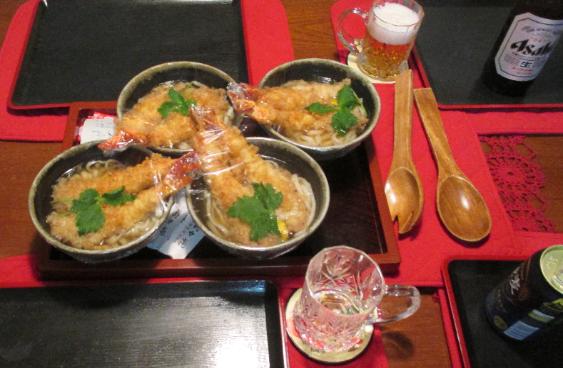
| After a six-hour flight from Bangkok and a long train ride from Narita Airport, nothing sounded better than a simple dinner at home. Doug & Eiko treated us to udon with shrimp from a local noodle shop -- which arrived at the door in actual bowls! |
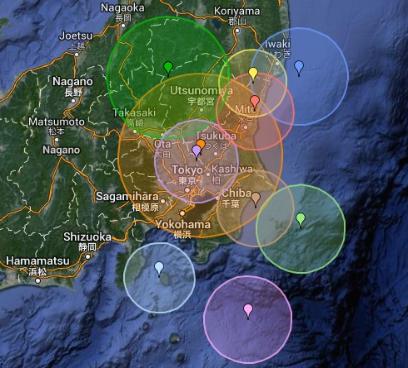
| We awoke the next morning to our first-ever earthquake! Small potatoes by Tokyo standards (magnitude 4.9), but where better than Japan to experience our first quake? |
| This impressive 30-meter pagoda was built in 1608, making it the oldest in the Tokyo area |

